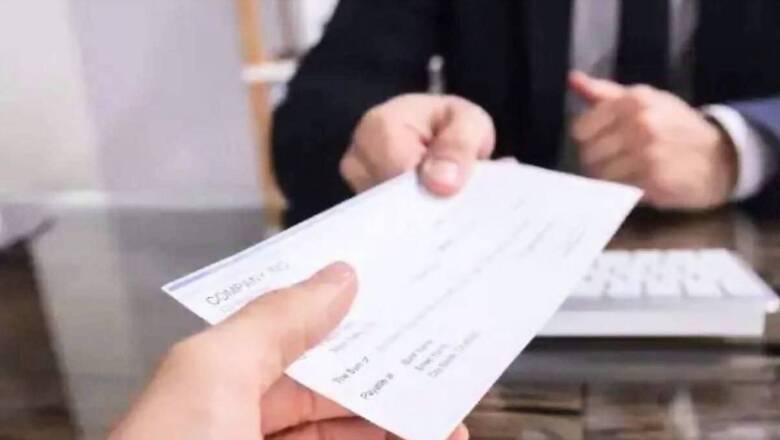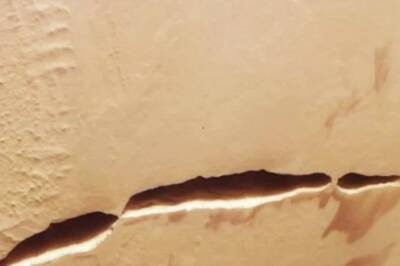
views
A bearer’s cheque allows the person who submits the document to the bank to withdraw the money. These cheques have the words “or bearer” printed on them and are only transferable by delivery, meaning you need to carry them to the bank. There is no other authorisation from the issuer for the payment. The name of the payee is not mentioned on the cheque, so the person who delivers the cheque will get the money.
Bearer’s cheques are different from other cheques. Here is all you need to know about them.
What is the maximum amount that can be withdrawn using a bearer’s cheque?
There is no withdrawal limit on bearer’s cheques. But banks have their own set of processes and rules to ensure the safety of the funds. If the amount mentioned in the cheque is above Rs 50,000, the bank may ask for a Know Your Customer (KYC process) if the transaction is of high value. The person may be asked to provide proof of their identity. The bank may also call up the issuer to confirm the transaction.
Many lenders ask their customers to give them notice in advance in case the withdrawal amount is over Rs 50,000 so that they can arrange the case for the cheque bearer easily.
There is no service charge on issuance or clearing of bearer’s cheques.
After the bearer’s cheque is submitted to the bank branch, the branch takes a scan of the cheque and sends it to their head office. Once the transaction is confirmed by the head branch, the bearer of the cheque gets the money.
Since the bearer’s cheque does not have the name of the payee, there are some precautions the issuer can take:
Write ‘only’ after you mention the amount to be withdrawn in words (e.g. Ten thousand only). After writing the amount in numbers, use the slash (/) and dash (-) symbols to denote that no more money should be withdrawn.
You also need to be careful of the spelling of the amount. The bank will reject your cheque if anything has been misspelled.
Do mention the date in your cheque and make sure your signature is legible on the document.

















Comments
0 comment